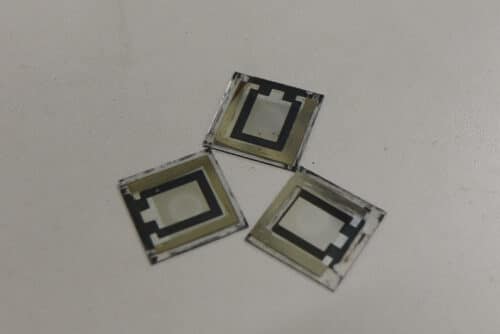Researchers at the City University of Hong Kong (CityU) have developed an additive that improves perovskite film growth, boosting perovskite solar cell efficiency and stability.

Perovskite solar cells (PVSCs) have high power conversion efficiency and low cost, making them a promising alternative to traditional silicon-based solar cells. However, achieving long-term stability has been a significant challenge in their development.
Researchers at the City University of Hong Kong (CityU) have developed a multifunctional and non-volatile additive to modulate perovskite film growth, improving the efficiency and stability of perovskite solar cells. This strategy can aid PVSCs’ commercialization. Multifunctional additives like this can be used to create diverse perovskite compositions, leading to highly efficient and stable solar cells. This can help scale up the production of large solar panels.
The researchers have devised a straightforward yet efficient method to improve the quality of perovskite films by controlling their growth. They discovered that introducing a multifunctional molecule into the perovskite precursor created an intermediate phase connected by hydrogen bonds. This intermediate phase regulated the crystallization process, resulting in perovskite films with superior quality featuring substantial perovskite crystal grains and a uniform grain growth pattern that extends from the bottom to the top of the film. Additionally, due to its non-volatility, this molecule can act as a potent defect passivation linker in the annealed perovskite film, leading to a notable decrease in non-radiative recombination losses and a substantial improvement in film quality.
By introducing 4-guanidinobenzoic acid hydrochloride (GBAC), the experiments demonstrated a substantial reduction in the defect density of perovskite films. This modification led to a significant increase in the power conversion efficiency of inverted perovskite solar cells, reaching 24.8%, a value that ranks among the highest reported in the literature. The device’s energy loss decreased to 0.36eV, one of the lowest among high-efficiency PVSC devices. Unencapsulated devices showed improved thermal stability, maintaining 98% of the initial efficiency beyond 1,000 hours of continuous heating at 65 ± 5°C in a nitrogen-filled glovebox. The team proved the effectiveness of this strategy for various perovskite compositions and large-area devices. A 1 cm2 device in the experiment delivered a high power conversion efficiency (PCE) of 22.7%, demonstrating the potential for producing scalable, highly efficient PVSCs.
The researchers believe this work offers a clear path to optimize perovskite film quality, enabling the development of highly efficient and stable perovskite solar cells for practical applications. The team plans to expand molecular structures, optimize device structure, and fabricate large-area devices through compositional and interfacial engineering.
Reference : Fengzhu Li et al, Hydrogen-bond-bridged intermediate for perovskite solar cells with enhanced efficiency and stability, Nature Photonics (2023). DOI: 10.1038/s41566-023-01180-6






